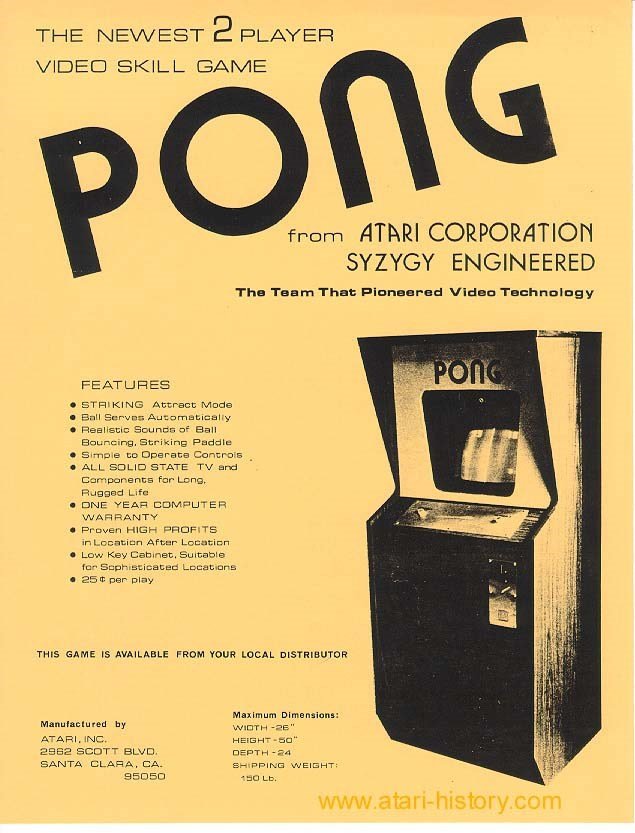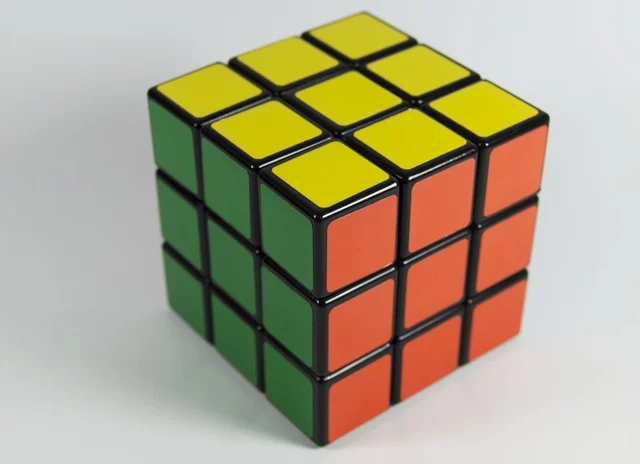When it comes to teaching any subject, "hands on" is definitely a great way of engaging kids. This especially applies to teaching computing, obviously. But I am talking about making the past come alive.
When I was teaching Economics, one day in a local market I happened to come across a stall selling bank notes from the German hyperinflation era -- you know, when a wheelbarrow full of money was less valuable than the wheelbarrow itself. These were goung for a song, and so I bought them, put them in one of those display books that artists and other creatives use to present their ideas to potential clients, and then took that into school.
I taught a lesson about inflation while the students took turns to look at these bank notes of impossible denominations -- notes that had been used by real people. The students were fascinated.
Difference Engine Number 2
After I'd switched to teaching Computing, I had a similar experience when I printed off a picture of Eniac and showed the kids what computers used to look like. Far from being something you could have on your desk, they were things you could walk around in!
Another thing I did was use some spare space to make a mini exhibition of old equipment. I am not sure why, but there is something fascinating about the sight and feel of a 5.25 inch disk that could hold only 800Kb of data (if you had the high density ones). I bought a 64Gb usb drive the other day, and by my calculations that replaces, in effect, around 80,000 5.25inch disks!
Another example of old tech. This cine camera, circa 1966, could take around 3 minutes' worth of film.
It's not only kids who get moved by this sort of thing. A couple of years I visited the Science Museum in London, and headed straight for the History of Computing section in the Information Gallery (take groups of students there if it is feasible). I was fascinated by the Difference Engine that had been constructed by following Babbage's design. All those cogs and wheels and intricacy for doing the kind of calculations that people are able to carry out today with an app on their phone!
But what fascinated me the most was this: in the room dedicated to Ada Lovelace there is on display a lock of her hair. To think that 200 years after she was born, here was I looking at a few strands of her hair. It was almost as if the gap of 200 years didn't exist. I can't explain it, but the feeling was one of wonderment, and of being in the presence of greatness, in the presence of someone who had worked out before anybody else what was possible.
I've come to the conclusion that bring the past into the classroom, or the classroom in touch with the past, is a sure-fire way of making the present even more interesting than it already is.
Picture credit for Eniac: This image is a work of a U.S. Army soldier or employee, taken or made as part of that person's official duties. As a work of the U.S. federal government, the image is in the public domain.













I don’t think rules, as commonly formulated, are very useful in the context of Computing lessons.